As discussed in a previous post, I will be powering a projector from a lead acid battery during my residency at I-Park. This is a technique often referred to as 'projection bombing'.
In this post I'll describe the shopping list, and when the parts arrive I'll post some more on how well they work together.
I've never done this before, and have taken advice on electronics, technique, and shopping list from a friend and fellow projection-bomber Andrew Crowe. Here are some shots of his projection bombs at the Occupy protests in London in 2011:
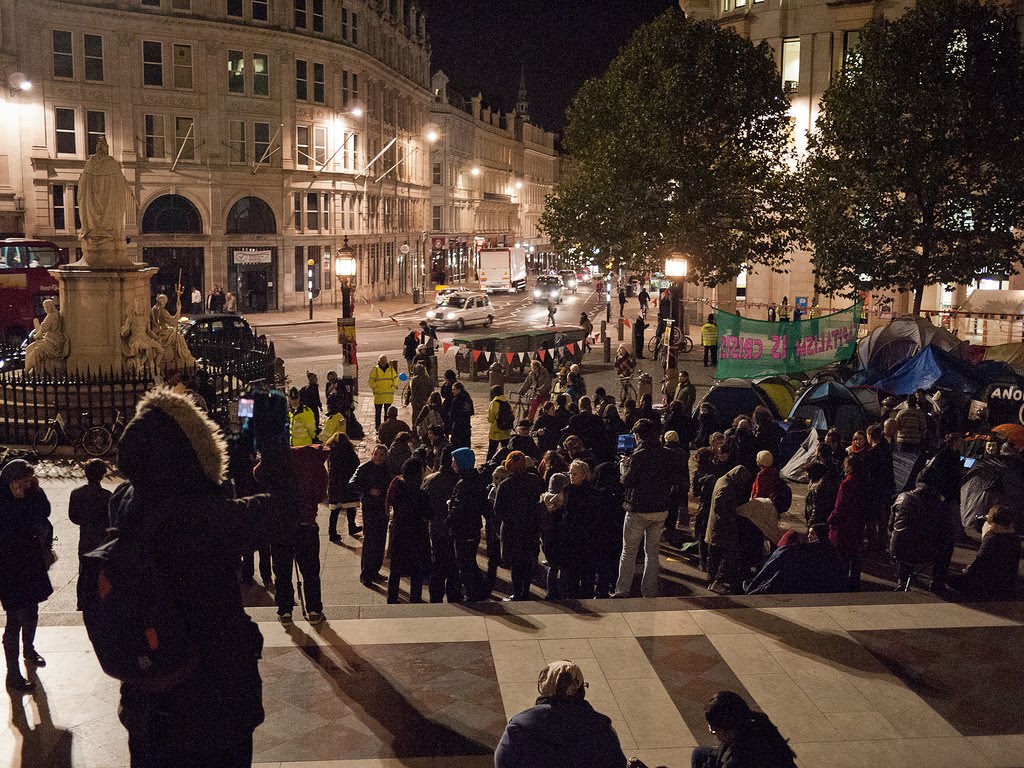

I also found this post on stack exchange quite helpful getting started.
The shopping list
Bear in mind as you read this, these are the parts ordered, but I haven't used them yet and can't vouch for them. You will have to check back and read future posts to see how well they work together. Here are the parts purchased:
- A 12V lead acid battery
- A power inverter - this is attached to the terminals on the battery. It draws DC from the battery and supplies AC in a way which mimics 'wall outlet' AC for consumer electronics (such as a projector)
- A volt meter - to keep an eye on the remaining charge in the battery during use. I will experiment with the battery and inverter, to find out at what voltage the inverter cuts out at. This is so that I can monitor the battery during use, work out time remaining, and shut down the projector prior to the inverter cutting out
- A mains battery charger - this attaches to the terminals on the battery and plugs into a wall outlet, to recharge the battery from the mains between uses
Below I'll describe each part in a bit more detail.
The battery
I had considered either a 75Ah (Amp-hour) battery or a 92Ah. This rating basically tells you the capacity of the battery, or how long it will be able to supply enough DC voltage for the inverter.
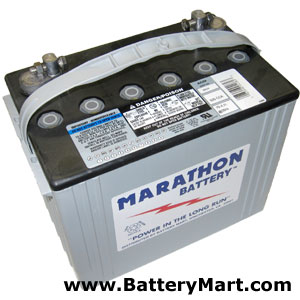
My hope is to power the projector for at least two hours - as Andrew Crowe pointed out:
"For comparison I can run my projector off a 45 amp hour battery for just over an hour, so 80-100 amp hours should let you go for 2 hours"
The big problem with batteries is weight. I intend to use a cart to wheel the battery around but it's important to bear in mind that I will be walking along trails at I-Park, not flat paths. I will also be carrying a projector, laptop, sound system, camera, and probably other bits & pieces too.
The 75Ah battery is 60 pounds, and the 92Ah is 75 pounds. It's hard to know upfront just how much of a problem this will be, but I opted for the easier-to-carry option.
The inverter
I calculated that I would have an operating power consumption of 320-330W, based on a projector of 280 or 290W (depending on which projector I actually use), and a small sound system of 40W. I therefore purchased an inverter which supports a much wider 450W.
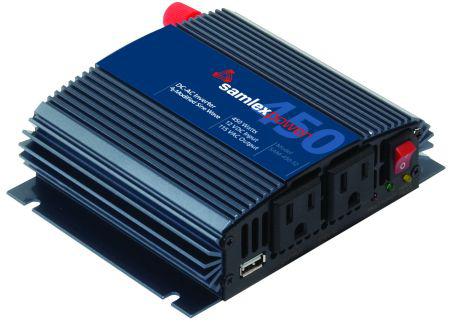
A problem here is it (probably) means I'll have to power the MacBook Pro from it's internal battery the whole time. The MacBook Pro battery life will be reduced quite a bit anyway because of high CPU load associated with intensive media processing. On the other hand, the battery life could be longer because the screen will be off during performance (the projector will handle all the visual output).
However, in the worst-case scenario, if I decide during testing that I need to power the MacBook Pro from the lead-acid battery, I can just switch to an 800W inverter.
The other problem is that it is said that modified sine wave inverters (as opposed to 'pure sine wave' inverters), while cheaper, can cause a loud hum. I want to experiment with the modified sine wave inverter I have selected and only order a pure sine wave inverter if I encounter problems.
(If you want a nice demonstration of AC vs DC, there are some nice detailed electronics tutorials by mjlorton here, including this one which covers AC/DC with diagrams!)
The volt meter
The volt meter, actually a multimeter, was the simplest choice. I really only need it to tell me the voltage remaining in the battery.
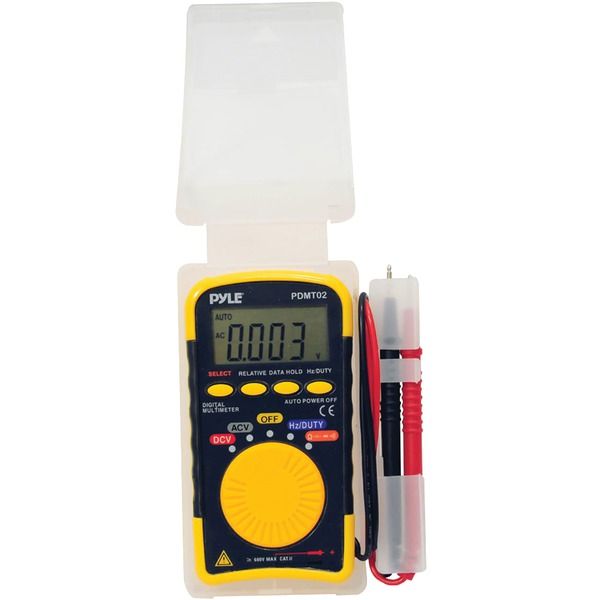
I don't need to be able to test current or anything else, so the simplest tool will be fine for this.
The mains-battery charger
With the mains charger there are a few things to get right. Firstly, they are each rated to charge a battery with up-to a certain number of Amp-hours. So the inverter I chose had to support a battery of 75Ah.
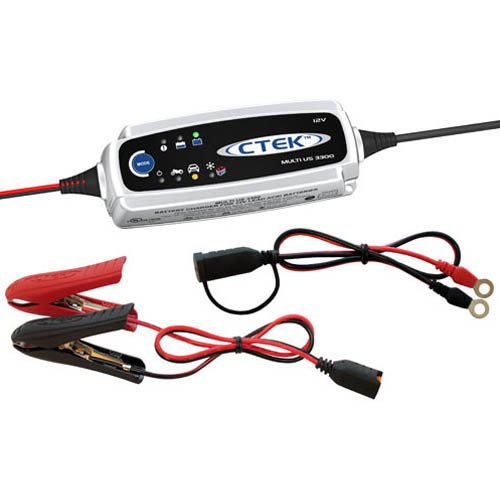
Secondly, there is the charging speed. Andrew Crowe points out:
"3.3A charging current isn't great, that'll take a very long time to charge ... I'd look for one with at least 4A max charging."
The problem here is that I couldn't source a charger that supported both a 75Ah battery and a 4A charging current... at least not without opting for an industrial solution way beyond the scope of this project.
So my charger supports 75Ah battery with a 3.3A charging current. Extrapolating from figures Andrew supplied me from his experiences with smaller batteries, I estimate that it might take 20-24 hours to charge.
This is a restriction. Sunset will be around 7pm in August in Connecticut. Since I can only use the projector at night, I might like to go out at 8pm each evening and return at 11-12pm. If it takes 24 hours to charge, I will not be able to keep that rhythm and it may impose a 48 hour gap in between performances.
However, if the battery isn't fully charged, I could still go out with a 75% charged battery. And in practice the battery may take 20 hours to charge.
Ideally I would have a 100% charged battery ready to use at 8pm each evening, but we'll see how the tests pan out. It may be that I have to find a better charging solution, or work within the restrictions.
It's also a very fair point to say that this artificial restriction could be useful - it imposes a 'day off' from performances for reflecting, documenting and making changes to the performance in preparation for the following night.